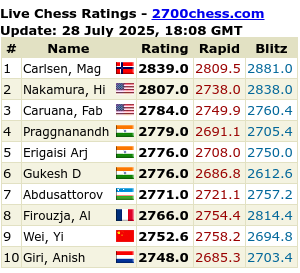The Stoyko Exercise or The Twenty Minute Exercise as Heisman calls it is interesting and useful. The idea is simply to deeply analyze any foggy position for twenty minutes. The inventor himself claims to have gained 100 points every time he did the exercise. Should that be 10% true, then I am a happy patzer!
So, I picked a Capablanca game almost at random and started at a random move. The position looked "obvious" and Mr Fritz agreed that I indeed found the best move. Mr Capablanca did not(!) but he on the other hand found the proper continuation.
Ergo: I suggest that you try the exercise for yourself. Al you need is a print-out which can be half hidden at your messy office desk allowing you to practice chess while pretending to be productive (from your boss' perspective)
I will take advantage of the sad fact that I have not studied the Classic games very well. So, I will probably pick the games/positions from the New York 1924 Tournament and hopefully learn something from Mr Alekhine's annotations.
German Uhlans, 1914
5 hours ago







Sounds interesting! Let us know how this techniques works out for you.
ReplyDeleteI will! I had a lucky start so it is easy to be optimistic!
ReplyDeleteHi Paddy,
ReplyDeleteThat's a nice game, thanks for sharing such a gem. 9...Nd5, wow. :-)
If you took the exercise seriously, I guess you looked at other alternatives as well, right? What about 20...Re8, 20...Qh4 or 20...Qe7? Are they any good?
I wonder why Tartakower allowed the piece exchange at move 26. Two rooks for queen + bishop, this was suicide in this position.
-Andreas
Nd5 is by a margin the 2nd best move. It was indeed a lucky start for the exercise to stumble over such a self confidence boosting move.
ReplyDeleteThe position was so interesting that I run it through Rybka 4. First 20...Qg5+ was the best move too but I found the Nd5 move with the plan Nf4 so ingenious that I looked closer at the variations.
ReplyDeleteSurprise! At depth 20 Rybka still favors Qg5 (-2.38). However, when I walk manually through Capa's moves and go back (which keeps the evaluations in the hash), Nd5 is the best move (-2.70) (actually with the same idea of Qg5, f5 etc., the moves of Tartakower were inferior and gave a big advantage to Capa).
Conclusion? We do something wrong here. :-)
Did you write down all the variations with a final evaluation? Or how do you to this exercise?
I did it like this:
ReplyDelete1. Set the Timer for 20 minutes
2. Think about all the candidate moves and do an evaluation
3. After the 20 minutes I make some notes of the different lines calculated/evaluated